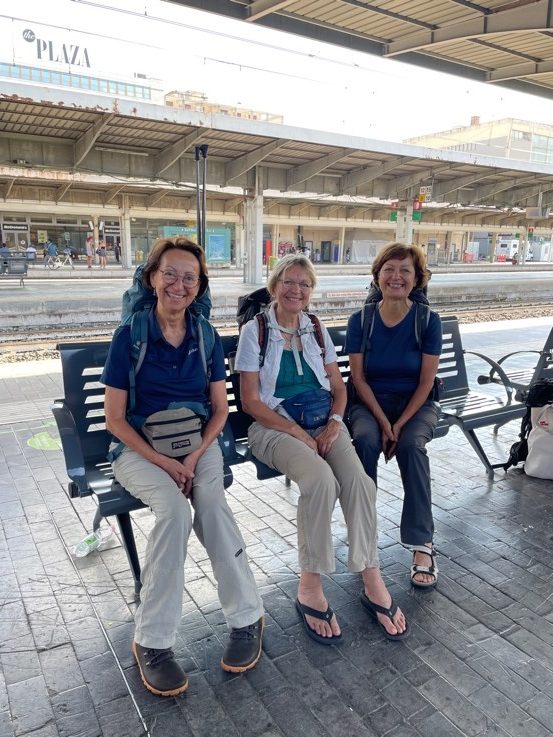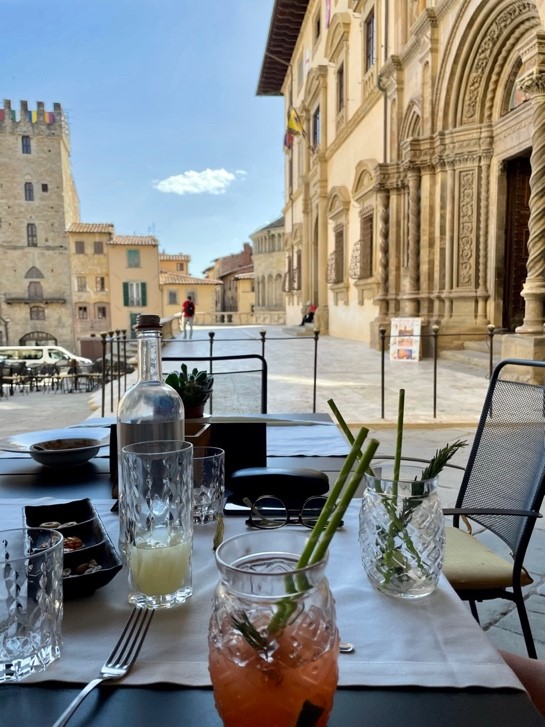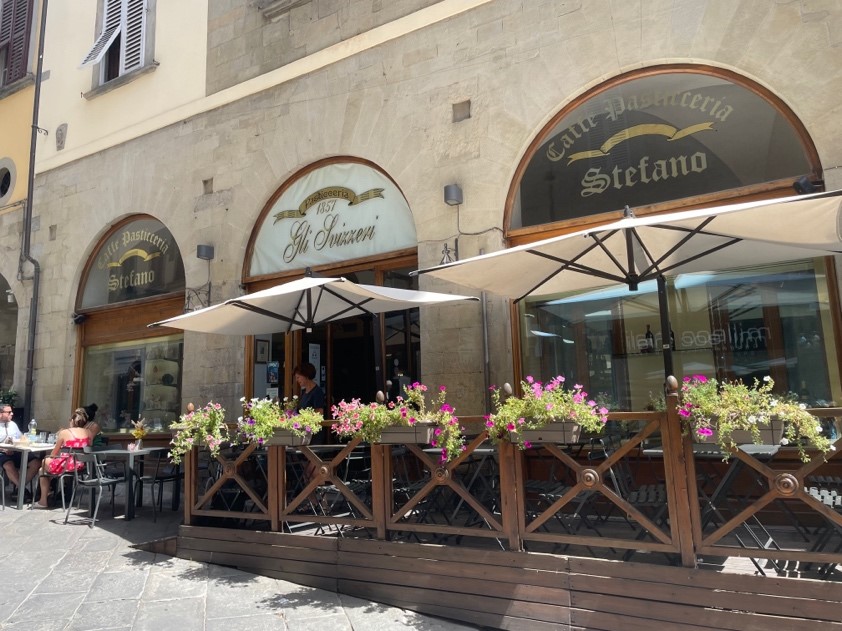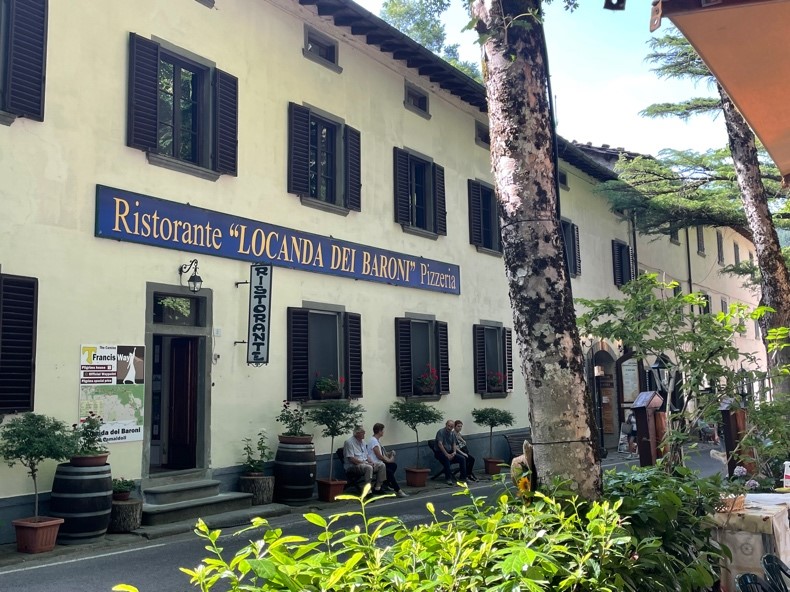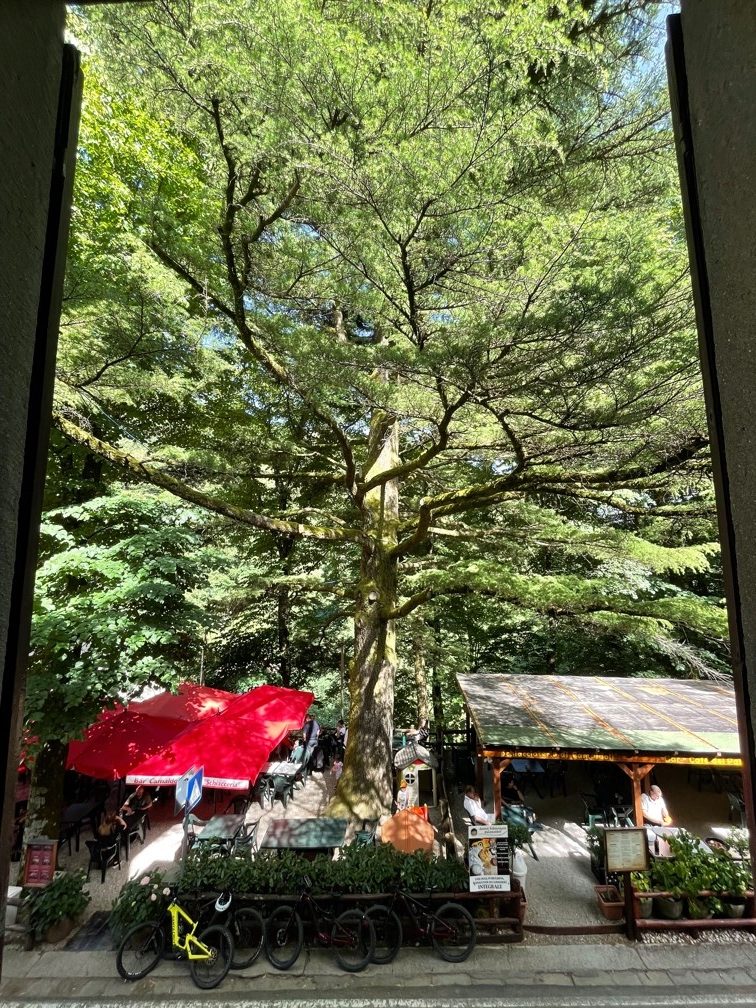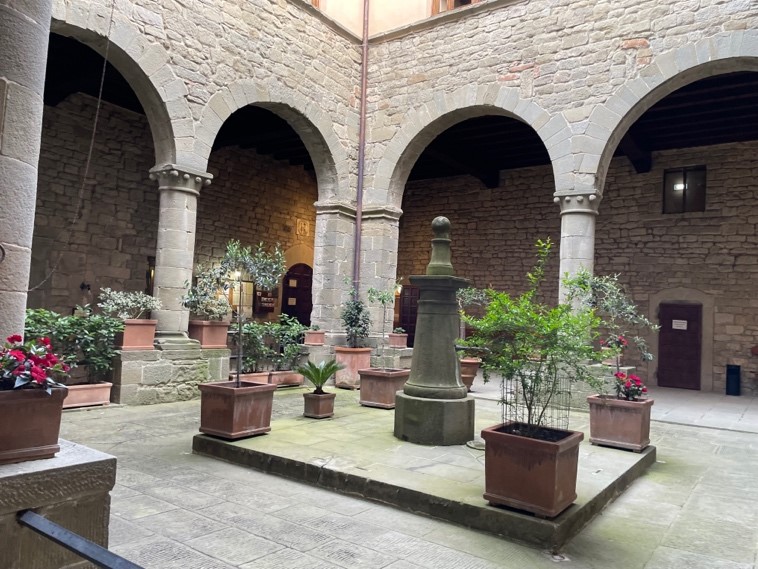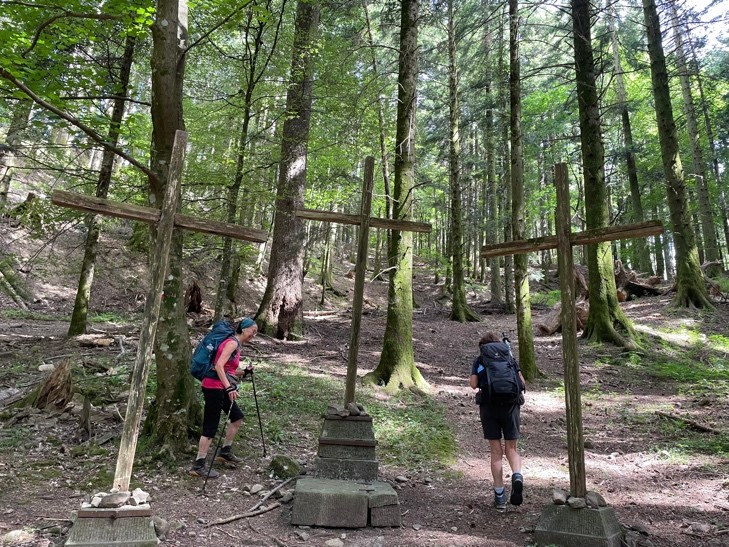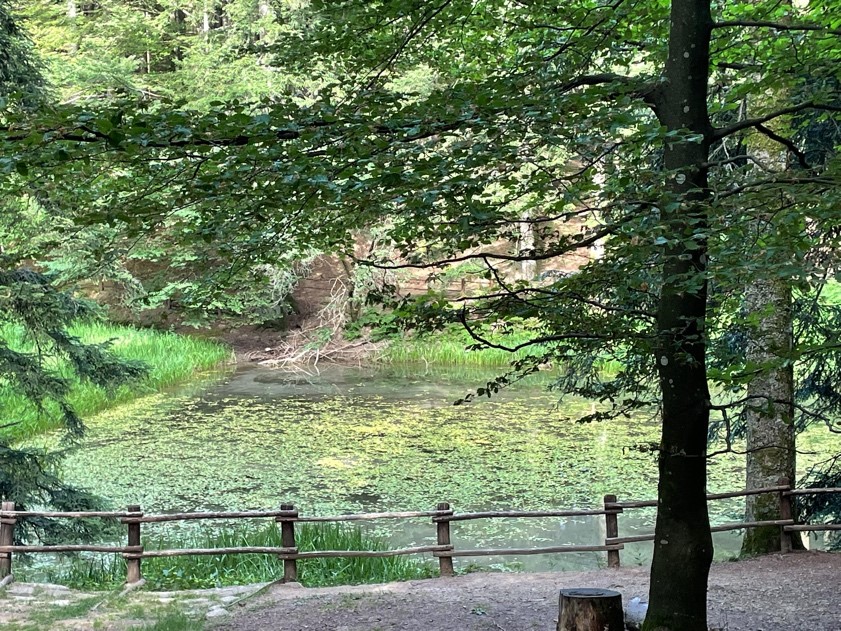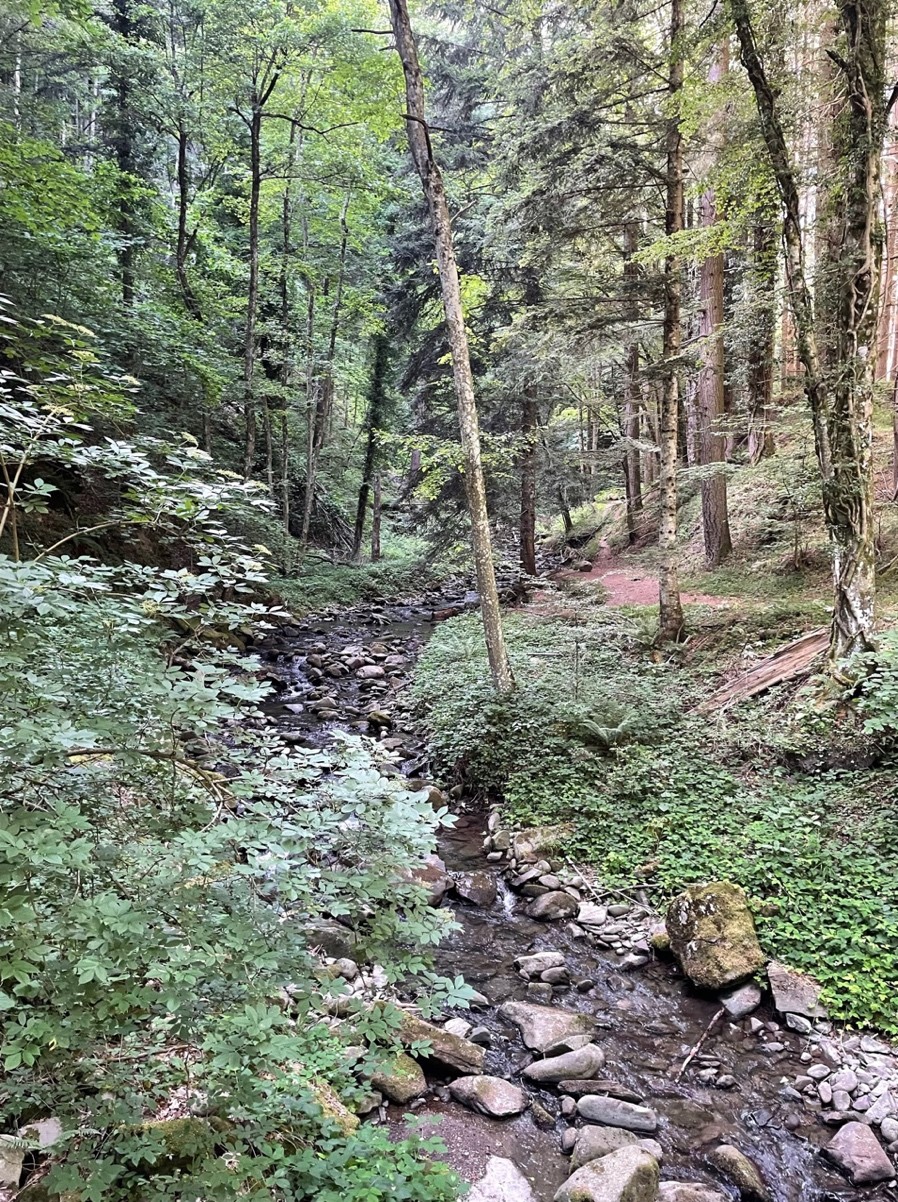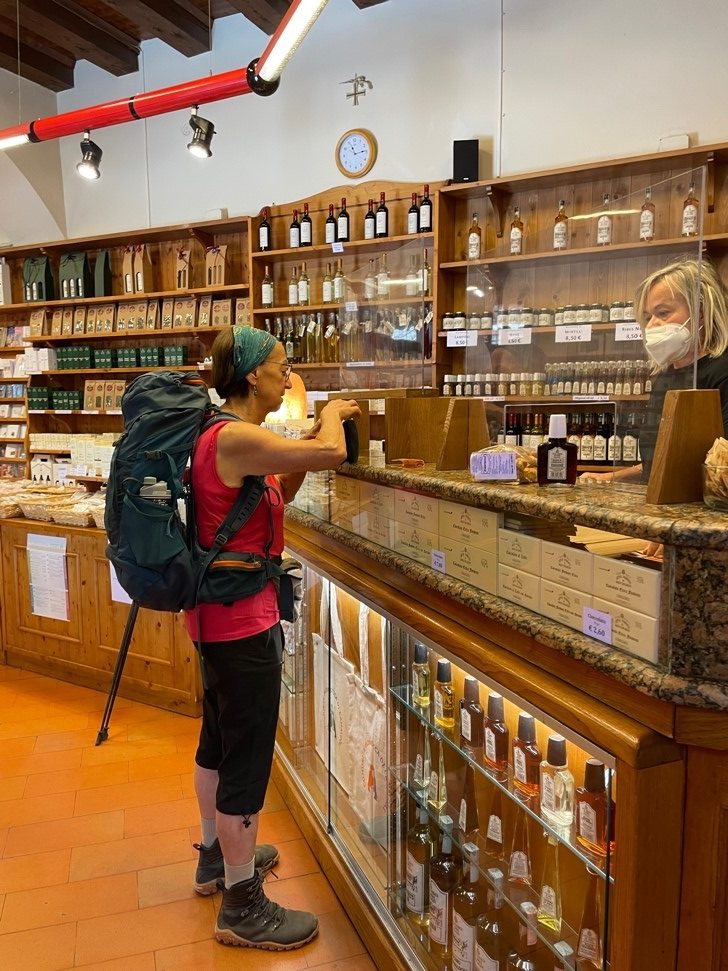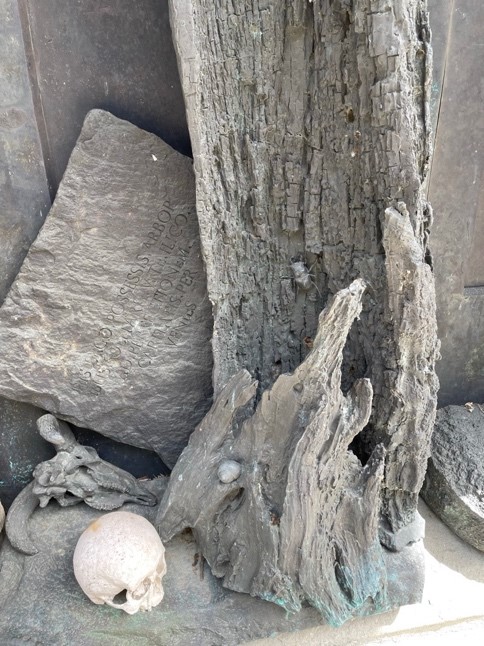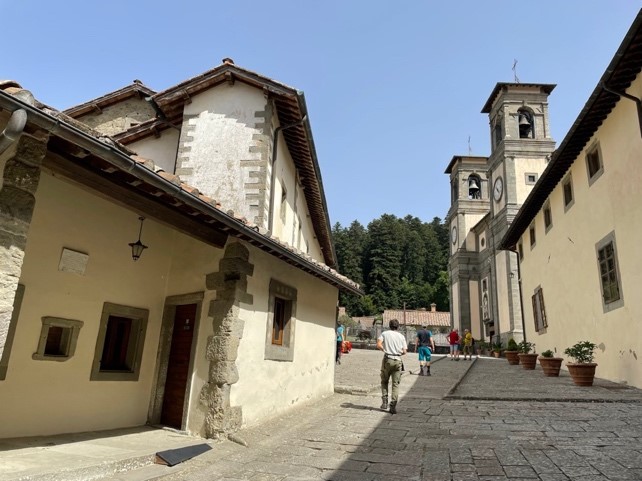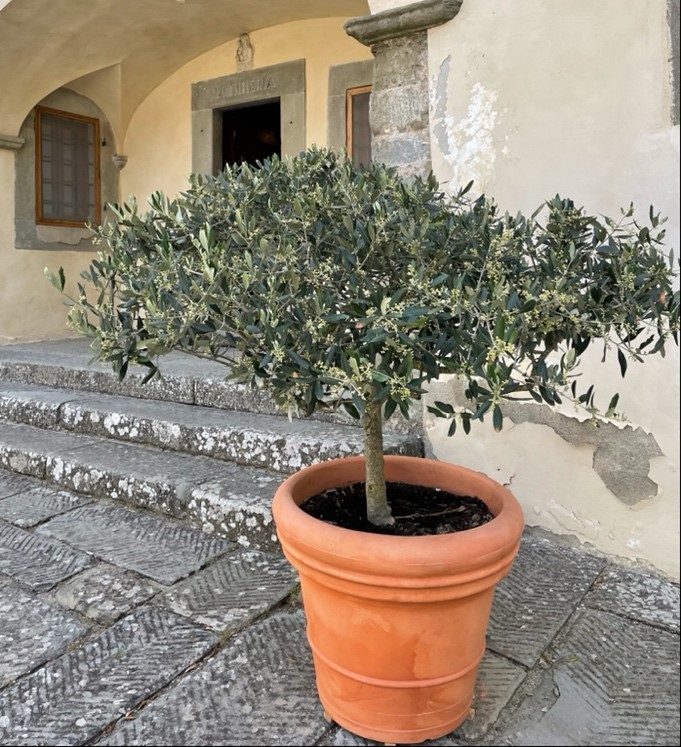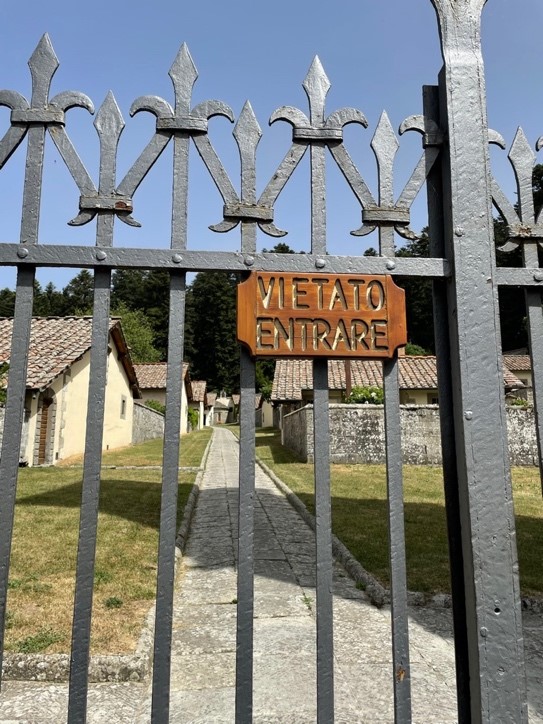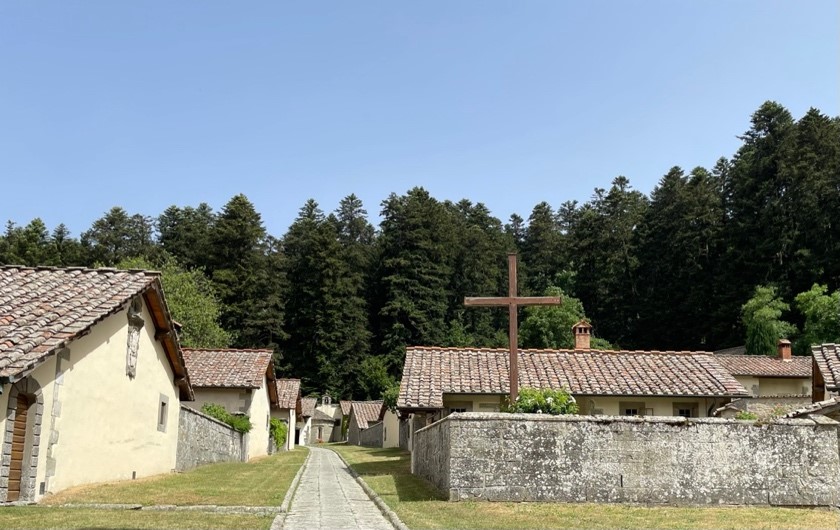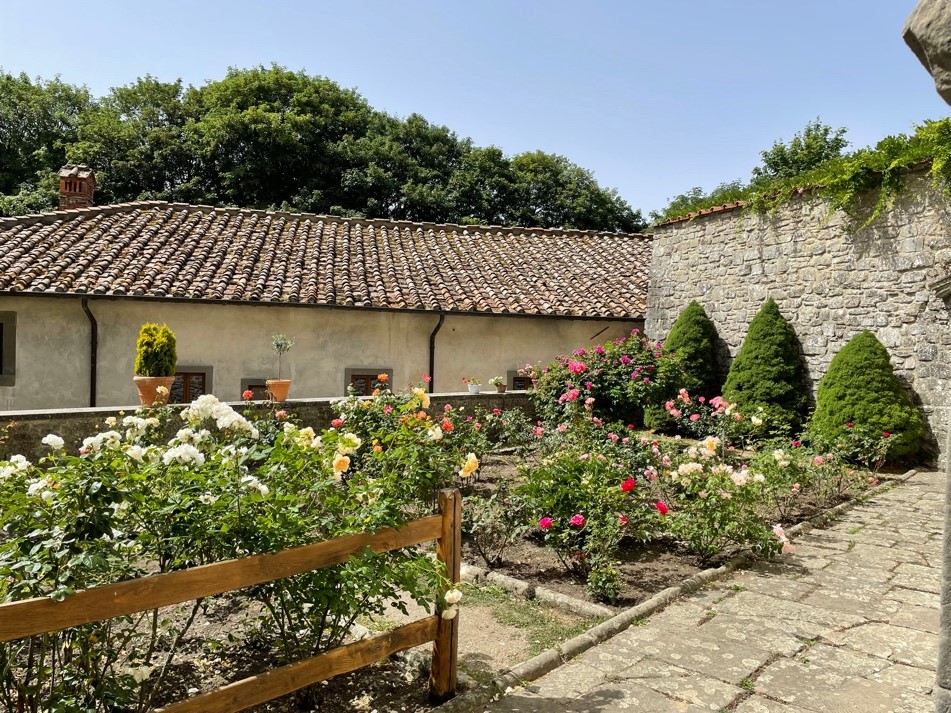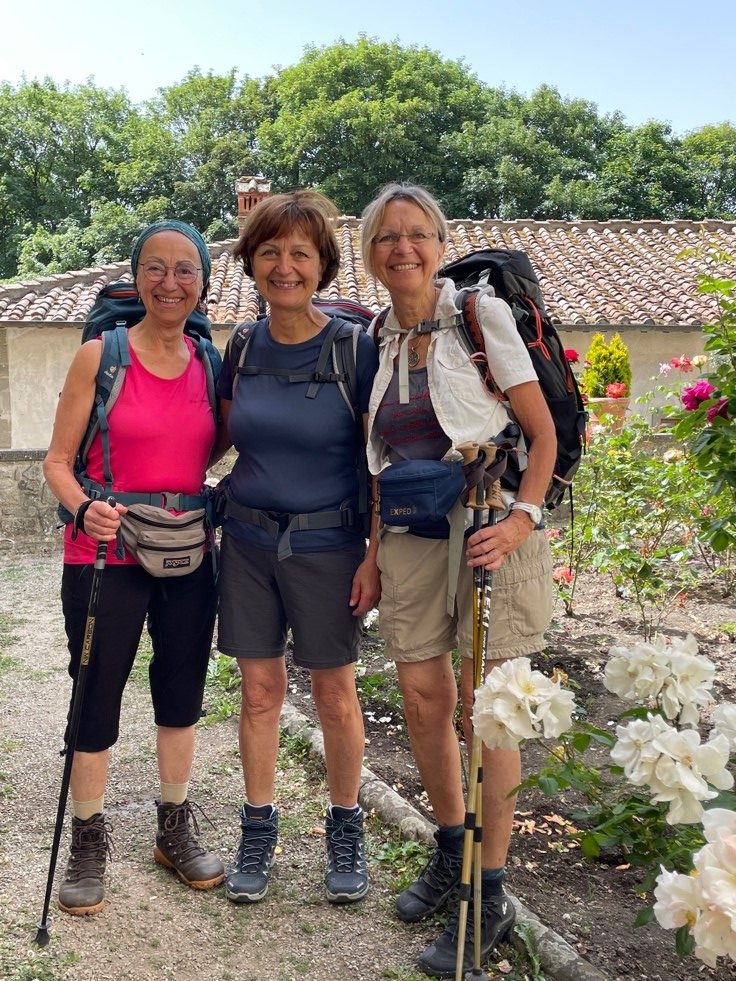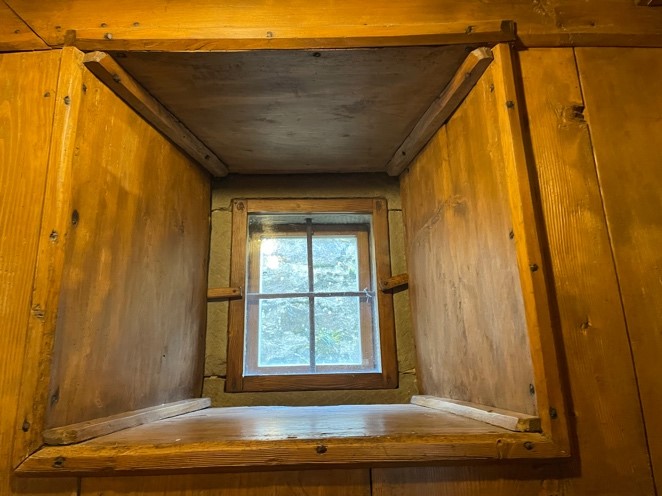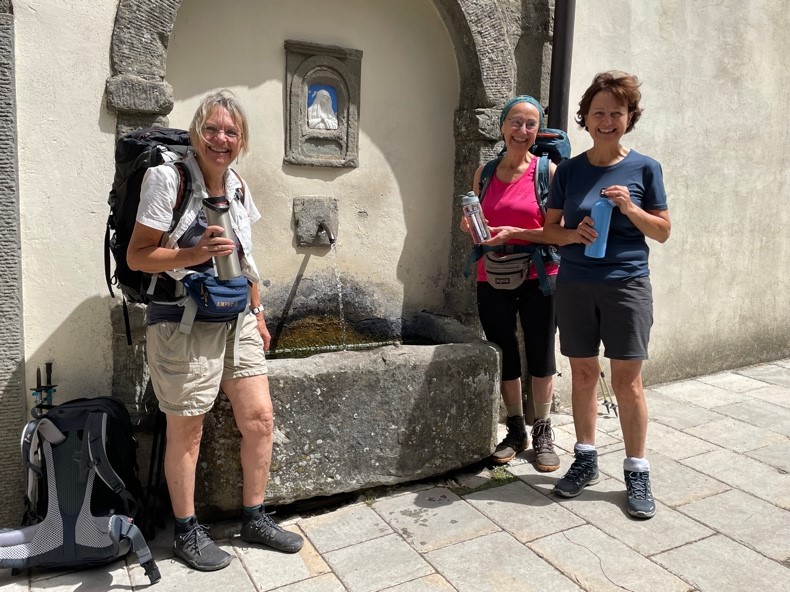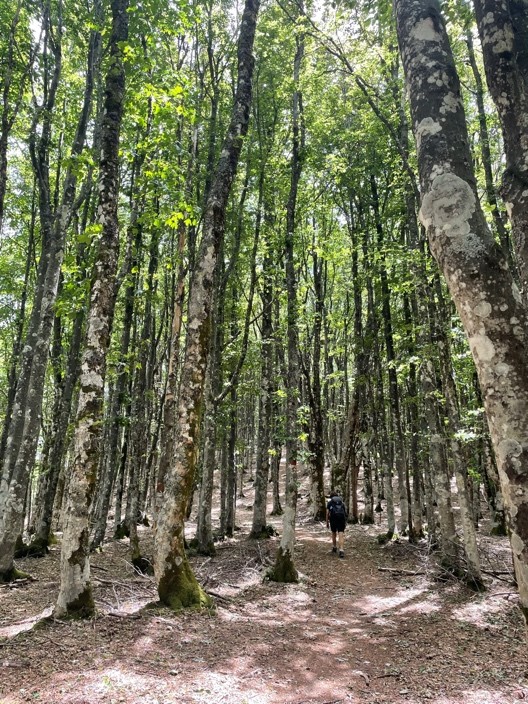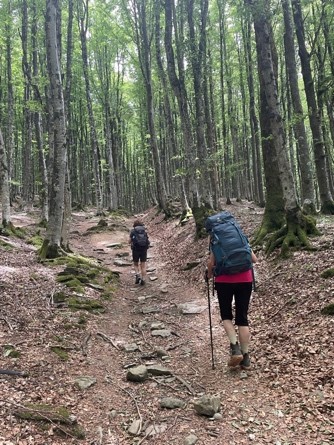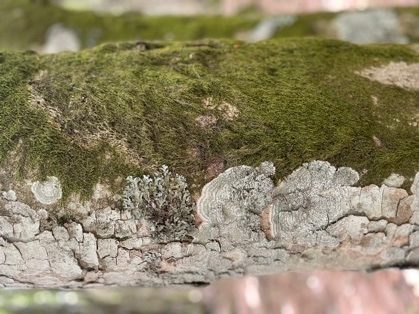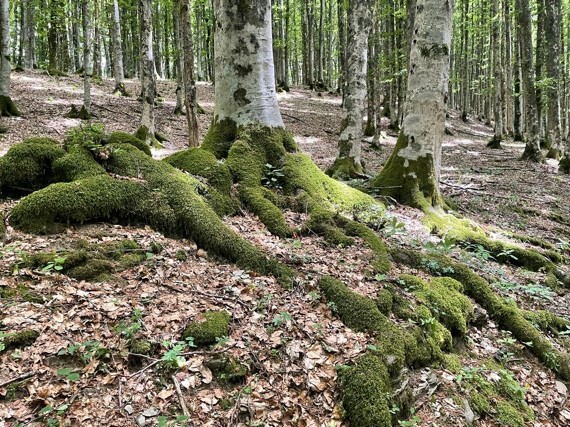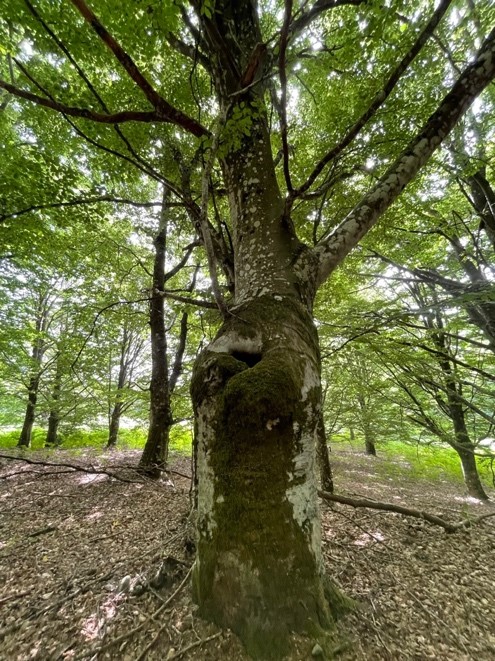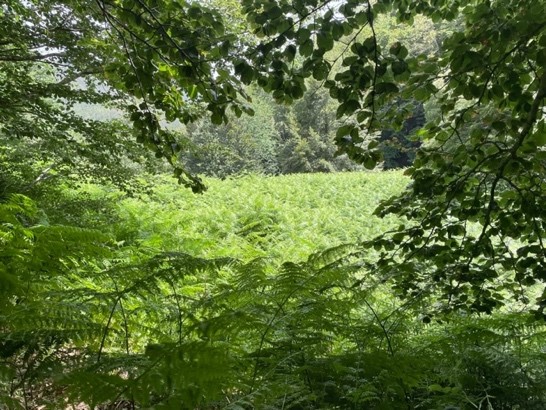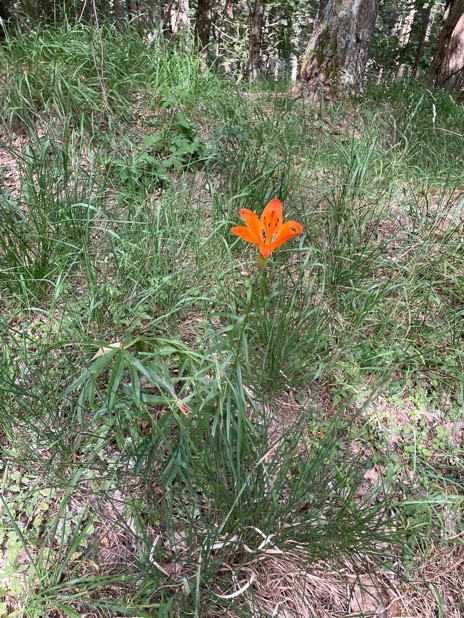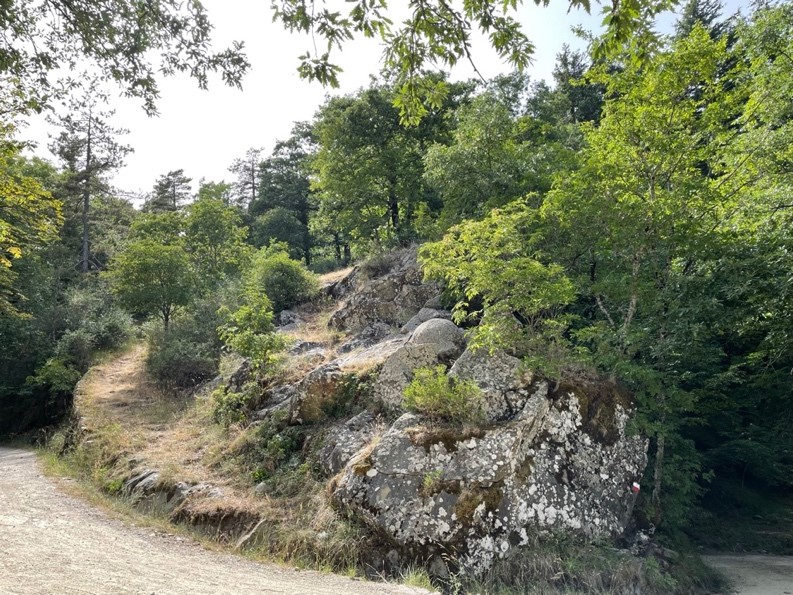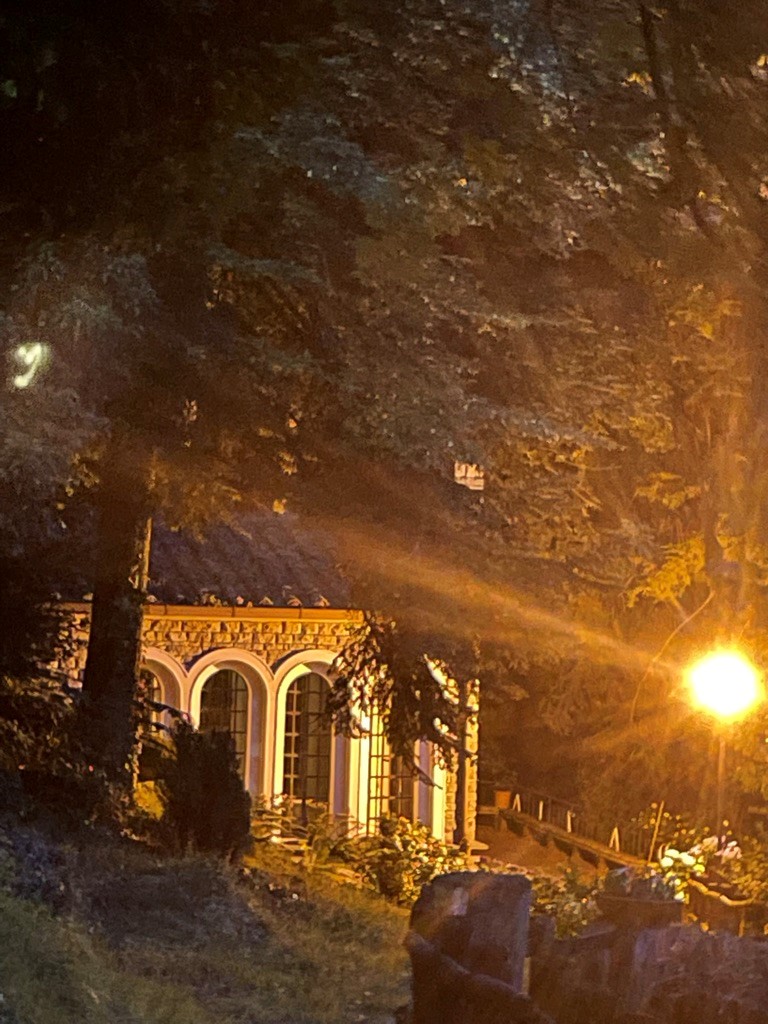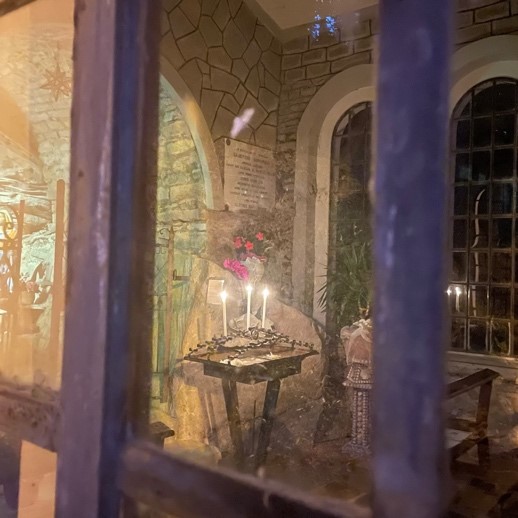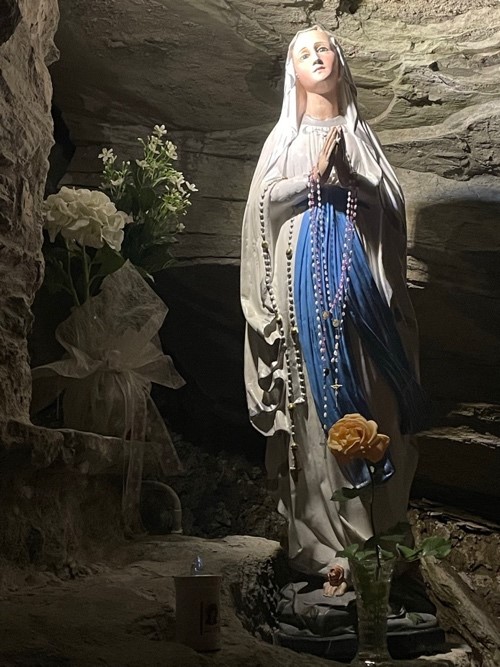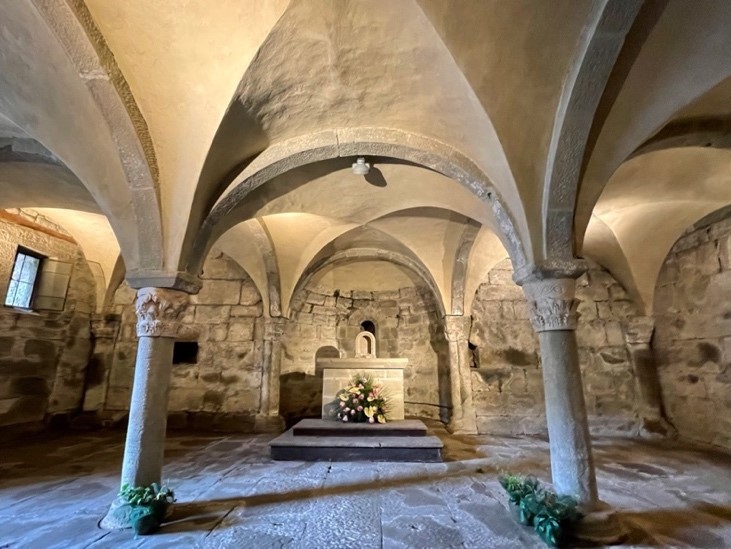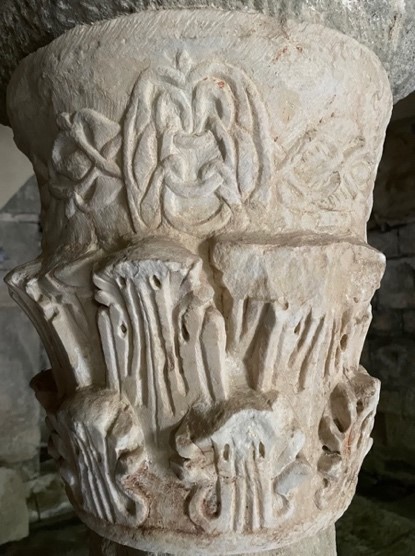Again we have a opportunity of hearing and seeing Garyo’s wonderful travelogue with a lot of beautiful and interesting pictures in searies:
Sacred Forest
The Parco Nazionale Foreste Casentinesi in Tuscany (south of Florence) is hardly known outside of the country, despite being the largest national forest in Italy. I heard about it on my St. Francis pilgrimage several years ago, but had not much information about it. When we looked for a four-day hike as a birthday present for my sister Christi, we decided to walk the ancient pilgrimage route from Camaldoli to LaVerna in this national park on a stretch called “Sacred Forest”.
A night train took us from Vienna via Venice to Arezzo, a medieval town of exceptional beauty and history. Arezzo is the birthplace of the famous poet Petrarca and the Renaissance artist Piero della Francesca lived and worked there.
Train station in Venice Mestre. The sitting posture already reveals that we are sisters
Piazza Vasari in Arezzo
Sipping non alcoholic cocktails in one of the many cafes on Piazza Vasari
It was nice to revisit the same Café in Arezzo I discovered several years ago.
We took a taxi to Camaldoli (about one hour ride), a tiny village consisting of two hotels, one monastery and a post office. We stayed in the hotel “Locanda dei Baroni”. The wooden floors of the charming hotel were full of life. Every step on the old, wooden panels made a sound as if they would whisper, “for hundreds of years, pilgrims visited this place before you. Be aware of their presence!”
A powerful, moss patched tree spread its branches over the restaurant garden and was also visible from our room, connecting us with the sacred forest even from inside.
View of the inner court of the monastery
Before dinner, we hiked for one hour on a steep mountain trail to the hermitage. It was here that my sister realized her backpag might be too heavy for the trek. Fortunately, she could send some of her things back home the next day from the local post office.
The beauty and silence of the forest already revealed itself on the first day. I loved the three simple crosses, a symbol of overcoming duality. The name “Sacred Forest” refers to the stigmata St. Francis received in La Verna in 1124. We were told that the entire forest between Camaldoli and La Verna was illuminated by white light for one week.
About 1000 years ago, the Benedictine monk St. Romualdo was fascinated by the beauty of this forest and decided to build a refuge for pilgrims and wayfarers on a clearing. It became a hermitage for monks who follow a monastic order concerned with the conservation of nature and the environment. The “Codici Camaldolesi” (1080 AD) includes guidelines for good forestry, as a healthy forest is considered an integral part of the life of the monks.
In the Spirit of Camaldoli based on St. Romualdo, the monastery sees itself as a bridge between East and West, fostering the dialogue between all kind of spiritual traditions and making room for everybody who sincerely is looking inward.
There are two options to walk to Badia Prataglia and we decided for the longer route, which allowed us to visit the hermitage again. We arrived there about 11am the next morning.
Christi buying “medicine” (nut brandy) and Cantuccini for our walk.
The shop was a former pharmacy.
“Medicine” for the stomach
The Hermitage is in an immaculate condition, consisting of an outer part with access to the former pharmacy and an inner part, where visitors can see the cell of St. Romualdo, a garden and the church. The monks live in little houses with a garden enclosed by a wall. This area is not accessible for visitors.
A reminder of impermanence at the entrance of the hermitage
Entrance to the inner part and to the church
View to the innermost part where the monks live.
St. Francis stayed in the house to the left for one month after his return from his mission for peace to Egypt.
Rose garden
Christi, Ilse and I
Cell of St. Romualdo
Window of the cell of St. Romualdo
Getting water from a well at the outer part of the hermitage
The hike to the next village, Badia Prataglia, was a leisurely hike through a beech forest free of all undergrowth.
Beech forest
Nature art
I was fascinated by the moss patched roots.
Sometimes we passed huge fields of ferns
nearly as tall as we were
A single Turk’s cap lily
To the right of the path, the remains of a very old road up the mountain
View to Badia Prataglia
In Badia Prataglia we stayed in a nice bed and breakfast place and went for an evening stroll through the town. Here, we discovered a grotto called “Grotto of our Lady of Lourdes” created by a priest in 1939 who believed that it was Mary who miraculously saved his life twice.
Grotto
Inside the grotto
Under the church of Badia Prataglia existed a crypt dating back to Roman times
Column with acanthus leaves


